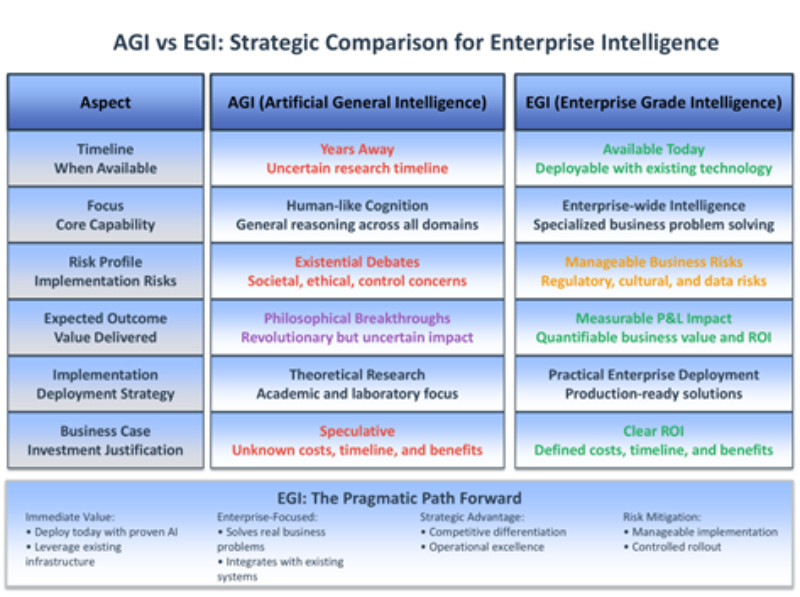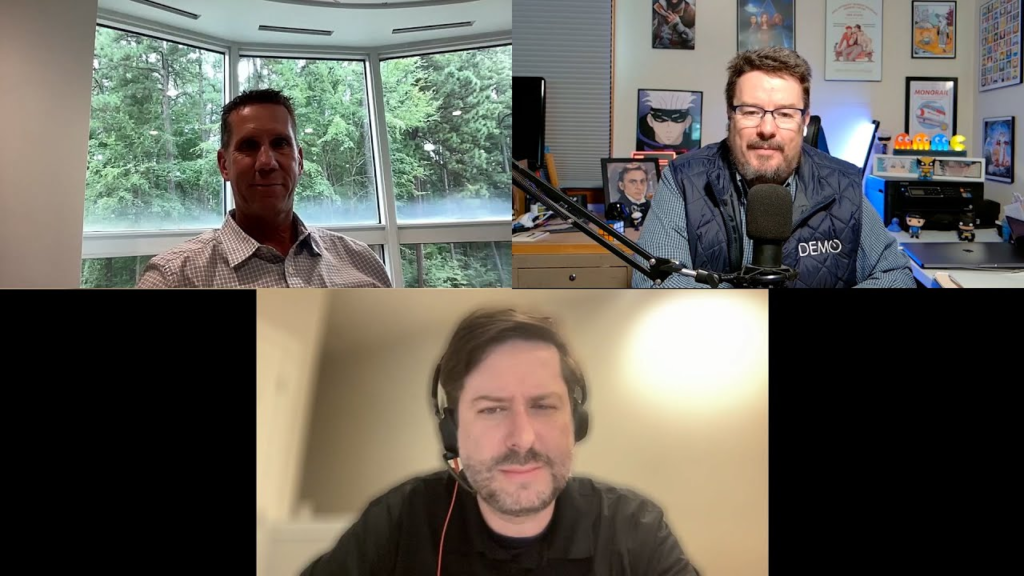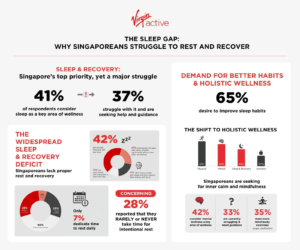So one of the things that I’ve been thinking about is, and more than thinking about it, it’s something that I’ve always been attentive to, is really knowing your organization, knowing its culture, and finding good fit for the team that you do build and hire, or the partners that you engage in some cases, and so that’s a key factor in recruiting and retaining top talent. Just because they’re the smartest person in the room doesn’t necessarily mean they fit the culture and can operate. So that’s one of the things that I try and really look for in order to build those strong teams. The second thing that I try to remind myself is that, at the end of the day, all of the work that we do is transient. It’s you might build something and it’s gone in three years. You know, I’ve done I’ve done that multiple times, and so I try to remind my team that part of the objective is to meet the business needs, and remember that what you learn and the relationships that you build are what’s going to be most critical, so that if you have those relationships, the team is going to have probably more fun first of all, and second of all, they really value working as a team and feel success as they stay focused. And focus is something that I talk a lot about with my team, and so making sure that they don’t do everything, but instead. That they do the right things. And so we talk constantly around priority, is this really critical? And so recruiting and retaining, really it’s about having the right focus, the right priorities. And then I was taught long ago by a former CEO of Sleep Number about five steps of accountability and help people feel accountable. And if you hold them accountable, they’re successful. And this idea of vision, you define a vision for the team, like we said, cloud first, right? That was one of our vision points. And then you define the expectations transfer the responsibility to the team, and our team has done amazing things because of that. It’s really been impactful. And they’ve grown, they’ve learned. And I think oftentimes people simply want to be challenged and learn things. And so one of the things that I think a lot about is with retaining people, is developing them and so giving them those opportunities. I just had a conversation today, in fact, where I was talking to a young man who has been growing in our service desk, and we talked about ways that he can do new things. You know, I’ve had some people have great opportunities and have left the organization recently. And I said, Well, how do you feel about doing this? And he’s like, that’d be awesome. And just getting that excitement and painting a picture of opportunity to say, hey, you can do this. Why don’t we experiment with this? So I’m actually partnering him, probably with someone from marketing to work with our sales team on some of those tools that we talked about to help with sales conversion and helping them visualize the solution. Because these AI tools really can do many things, and if we can experiment and learn and develop someone along the way as well. Then those teams want to be here that they get excited about things, and that’s how you retain that talent. I look constantly for on the job training type of things, you know, give them the chance to get a certificate or get some training from a vendor tool that they’re interested in learning about. There’s so many ways that they can learn, and that’s been one of my big areas of opportunity, as well as one that just comes to mind as maybe a last thing that I’ll say is giving people your trust. And what I mean by that is if you do the five steps of accountability, transfer that responsibility, and then you coach and mentor and follow up those things make them feel empowered so that they can do it, and they step up to the challenge. And stepping up to the challenge means they’re they’re committed to the organization, and that’s how you keep and build those teams. Well, those are great insights. Shane O’ Neill source













